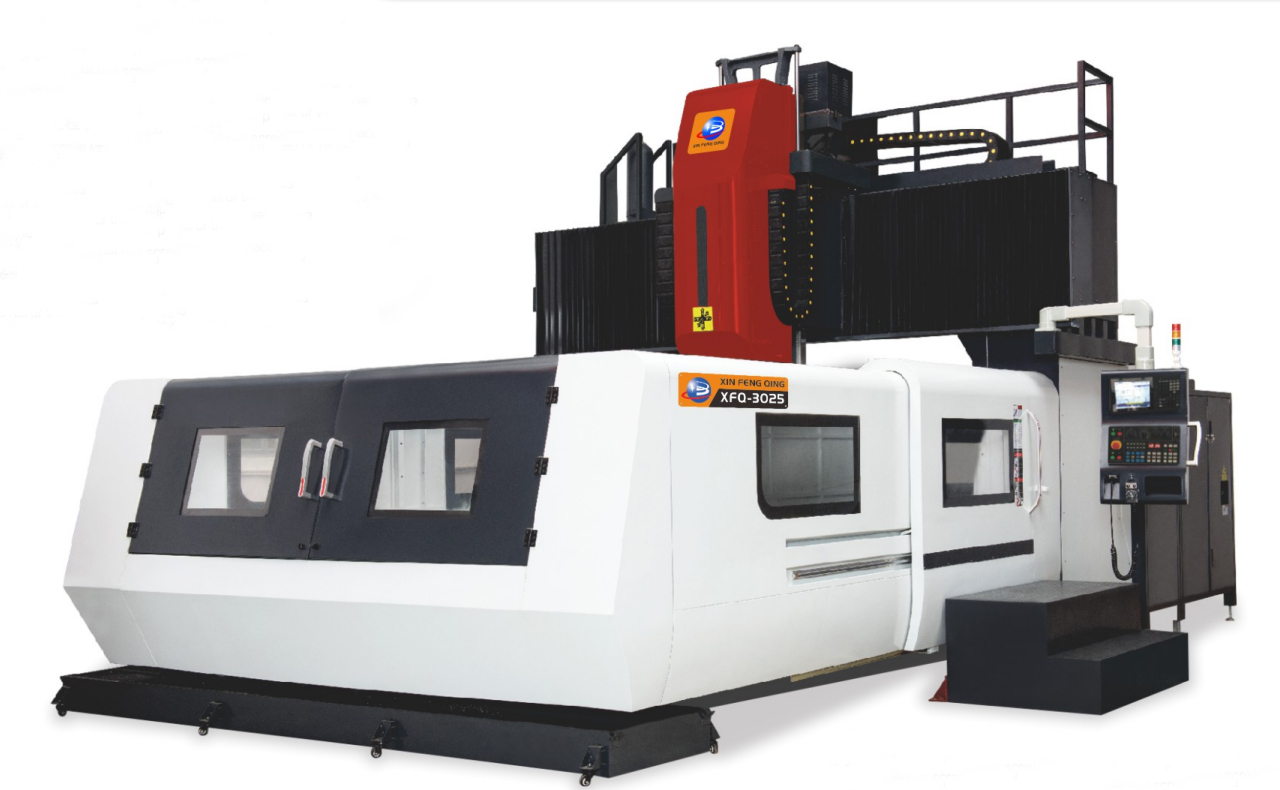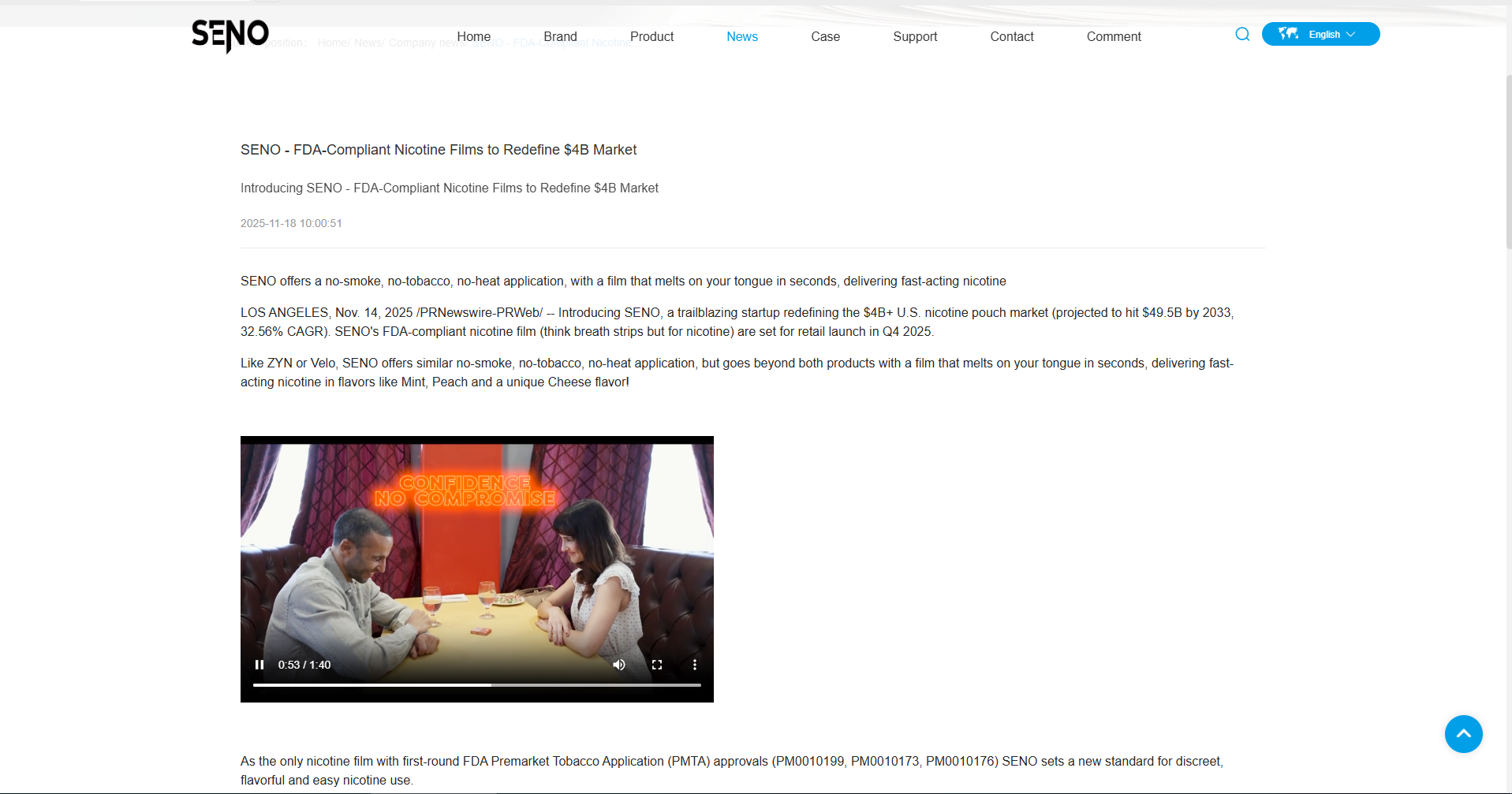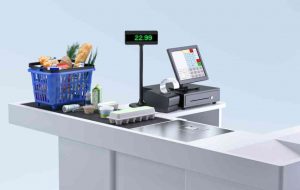In today's fast-paced world, convenience has become a paramount factor in consumer decision-making. Convenience products play a vital role in fulfilling this need, offering consumers easy access to everyday necessities. In this blog post, we will delve into the concept of convenience products, their significance, and provide a comprehensive range of examples across various industries.
- Understanding Convenience Products:
Convenience products are consumer goods that are widely available, affordable, and require minimal effort for purchase. These products are typically low-involvement purchases, where consumers prioritize convenience over extensive decision-making. They are often non-durable goods, frequently consumed, and replaced frequently. - Characteristics of Convenience Products:
a. Wide Availability: Convenience products are easily accessible through multiple distribution channels, such as supermarkets, convenience stores, and online platforms.
b. Low Price: These products are usually priced affordably, making them accessible to a broad consumer base.
c. Frequent Purchase: Due to their perishable nature or high consumption rate, convenience products are bought frequently.
d. Minimal Effort: Consumers prioritize convenience, seeking products that require minimal effort to purchase and use. - Examples of Convenience Products:
a. Fast-Moving Consumer Goods (FMCG): FMCG products, including toiletries, snacks, beverages, and packaged foods, are prime examples of convenience products. They are readily available in supermarkets and convenience stores, catering to consumers' daily needs.
b. Ready-to-Eat Meals: With the rise of busy lifestyles, ready-to-eat meals have gained immense popularity. These products, such as frozen dinners, pre-packaged salads, and microwaveable meals, offer convenience and save time for consumers.
c. Mobile Applications: In the digital era, mobile applications have revolutionized convenience. Apps for ride-hailing services, food delivery, and online shopping provide consumers with instant access to services and products.
d. Single-Use Batteries: Batteries are essential convenience products, commonly used in various devices. They are easily accessible in stores and are frequently purchased due to their limited lifespan.
e. Travel-sized Toiletries: Travel-sized toiletries, such as mini shampoo bottles, toothpaste tubes, and travel kits, cater to consumers' convenience during travel, ensuring they can easily carry essential personal care items. - The Future of Convenience Products:
As consumer demands evolve, convenience products continue to adapt and innovate. The integration of technology, such as smart home devices and voice-activated assistants, is transforming convenience in everyday life. Additionally, the growing emphasis on sustainability has led to the development of eco-friendly convenience products, aligning with consumers' desire for both convenience and environmental responsibility.
Conclusion:
Convenience products have become an integral part of modern consumer culture, catering to the need for ease and accessibility. From FMCG to digital applications, these products simplify daily routines and enhance efficiency. By understanding the essence of convenience products and exploring diverse examples, consumers and businesses can stay ahead in an ever-evolving market, meeting the demands of convenience-seeking consumers.









+ There are no comments
Add yours